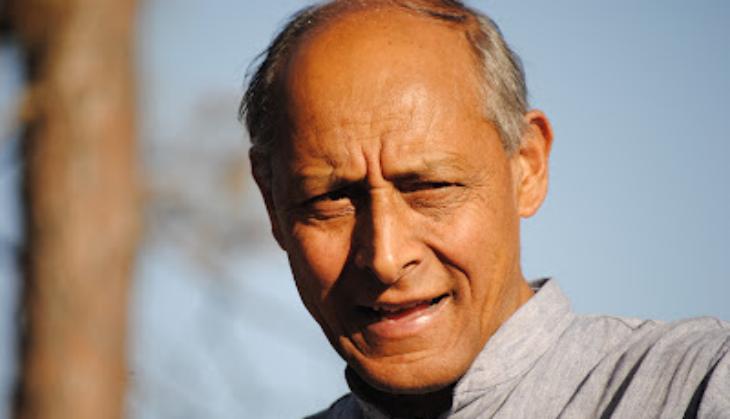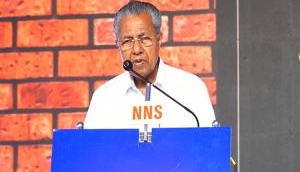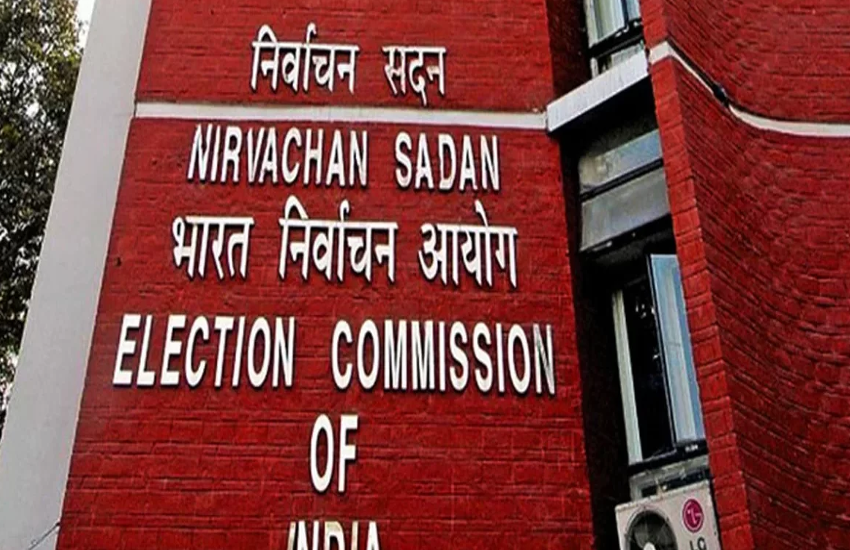
Gargantuan fires have engulfed vast stretches of forests in Uttarakhand. And close to three months after it was reported, the seasonal forest fires are still raging.
According to the Central government, 6,000 personnel from various state and central agencies are working to put out the raging forest fire, which started on 2 February and has so far destroyed an estimated 1,900 hectares of land Seven people have also lost their lives in the fire.
As political parties engage in yet another war of words over an issue which should be declared a National emergency, Catch spoke to historian and Himalayan issues expert Shekhar Pathak about the issue.
1) What are the possible reasons behind the blaze?
The state has never experienced such a dry spell as since September there has been very less rainfall. This time it rarely snowed in places like Nainital and Musoorie which has led to the decline in ground water levels and the overall humidity.
Global warming is of course a reason which has led to major weather crisis in the hills.
Moreover, the fires which started in beginning of February, did not receive a quick response from the forest department or the government at large. Preventive measure like - laying down of fire lines or periodically cleaning of dry leaves, were completely missing.

2) What do you think of the mechanism adopted by the government to deal with the fires?
The government has seriously failed to address the disaster due to lack of preparedness. Further the mechanism of water sprinklage through helicopters is apt for countries like US or Australia where canopy fires are common unlike our region where the fire spreads on the ground. Moreover this would not serve for this vast stretch of outburst.
Further the forest departments method for calculation of the overall loss is outdated. They miss out on the loss of a wide range of biodiversity- especially the small flora (medicinal plants etc) and the animals. Therefore the real loss caused by the fires is never known.
3) How far will the damage go?
This will definitely lead to an overall rise in temperature of the hills, an increase in soil erosion accelerating land slides, extensive loss of wildlife and vegetation, adverse impact on water cycle and of course an unprecedented increase in air pollution.
4) To what extent are the villagers or the timber mafia responsible for the incidents?
There are rare incidents where villagers are involved in such fires. They are highly dependent on these forests and would not dare to spark damage which will ruin their own livelihood.
There have been several examples where village people have laid down - their lives while extinguishing these fires (During the 2007-2008 fires 8 people died in Khagwada while controlling the fire in Panchayat forests).
There is clearly a lapse on the part of forest officials who try to escape from their responsibilities by blaming either the villagers or the mafia.
Take the example of these fires only. The forest officials were clearly trying to the keep the expanse of the damage under cover which was later revealed in the satellite images.
5) What is the road ahead?
This is not the first time that such massive fires have broken out in the country. 1995, 1999 and 2012 (Uttarakhand), 2008 (Maharashtra) and 2010 (Himachal Pradesh) have been the worst fires in last 20-25 years in the country. Despite of such incidents there exists no well-structured mechanism to deal with such disasters.
Here is what can be done-








![BJP's Kapil Mishra recreates Shankar Mahadevan’s ‘Breathless’ song to highlight Delhi pollution [WATCH] BJP's Kapil Mishra recreates Shankar Mahadevan’s ‘Breathless’ song to highlight Delhi pollution [WATCH]](https://images.catchnews.com/upload/2022/11/03/kapil-mishra_240884_300x172.png)

![Anupam Kher shares pictures of his toned body on 67th birthday [MUST SEE] Anupam Kher shares pictures of his toned body on 67th birthday [MUST SEE]](https://images.catchnews.com/upload/2022/03/07/Anupam_kher_231145_300x172.jpg)






